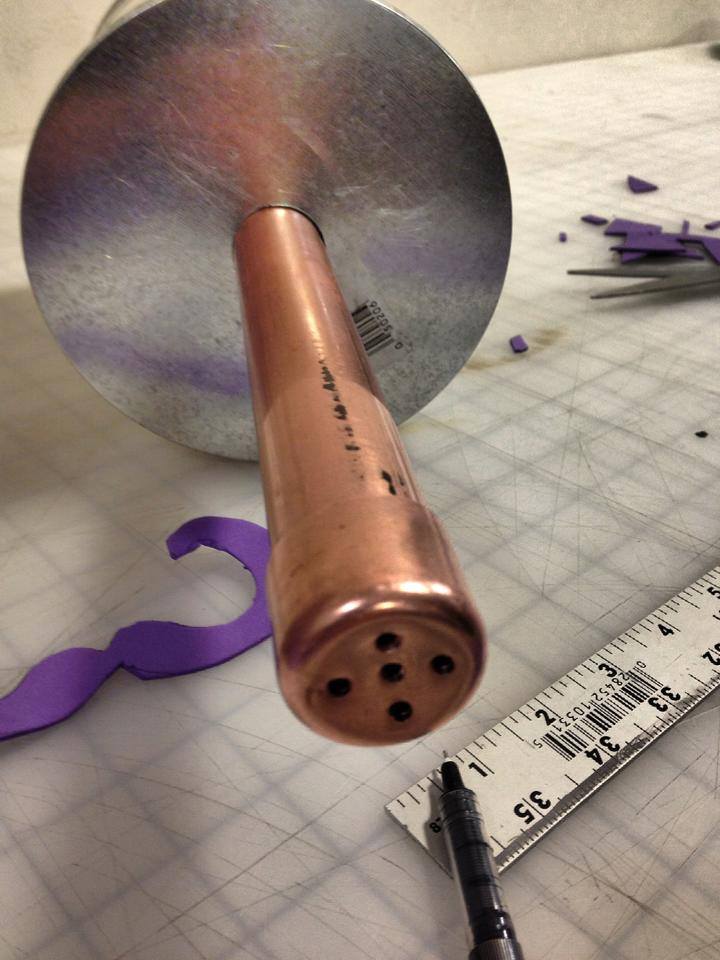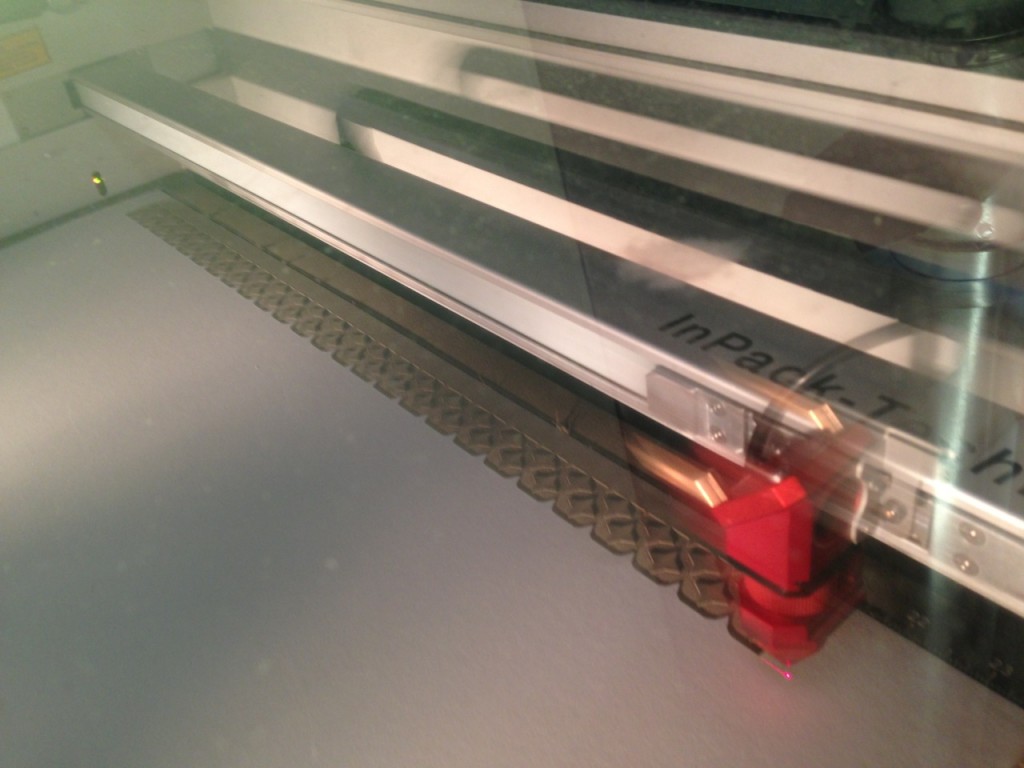
Place: Prototyping , Maryland Institute College of Art, Baltimore Maryland
Problem: Product Design: How might we derive inspiration from and transform a common kitchen item (pepper mill) to create a functional prototype?
Project: During the Maryland Institute College of Art Prototyping course, I worked with two teammates to explore the merits of prototyping using a simple prompt: create something inspired by a pepper mill. Our team worked together for eight weeks, documented our project through a creative journal (blog), and assembled a showcase of our work to present during the final week of the class.
Process: The class began with an introduction to various prototyping tools: 3-D scanning and printing, laser cutting, and wood and metal shops. Once we learned the hard skills, we were assigned a team and project. Our team chose to start with research into the history of the pepper mill and worked to understand why it was created. Next, we met for a series of informal ideation sessions. Much of our sessions involved doing rather than talking: we bought materials from craft stores and accumulated them from home and set to work prototyping with them. From there we focused in on two avenues for pepper mill redesign: form or function. We decided to take both routes to see where they would lead.
Product: We presented two prototypes during our showcase. One piece of work became more of an art installation with swirling light and glitter carried by a motored fan below. The other piece became a tool for crafters who like to use flock (a felt-like substance) to decorate cards and t-shirts. We created a tool that could both lay down the pattern and dispel the flock. To complete both projects, our team used Adruino software, metal work, and laser cutting techniques. Below are some images and video clips (sans live narration) that we used to present our process and final prototypes. Read more about our process and product on our blog.

